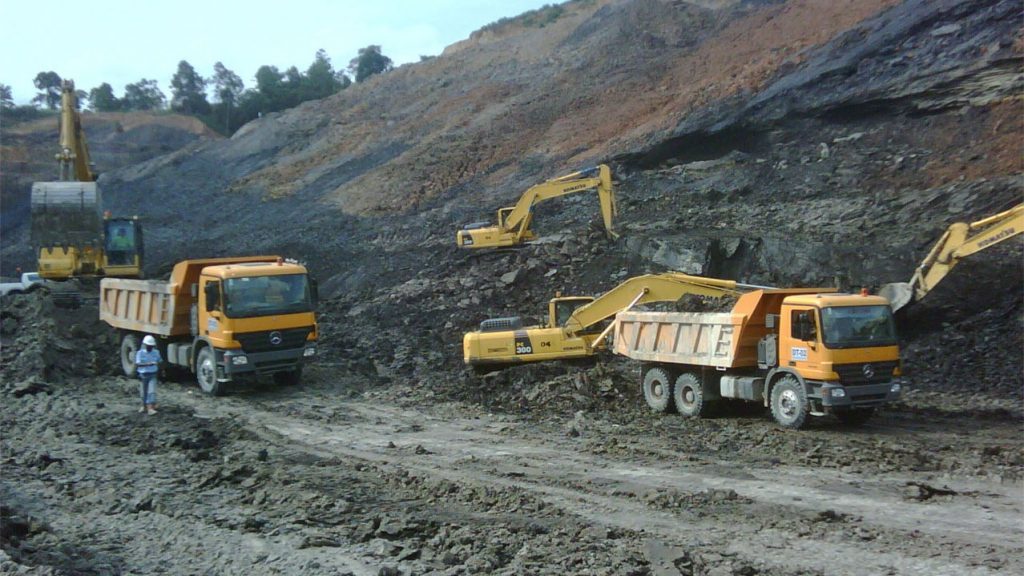In eastern India, the country’s largest chromium deposit has been mined for essential ore for the past 60 years. While the industry contributes to the country’s mineral supply chain, it also leads to environmental damage. Farmers in neighboring villages, like Kaliapani, complain that their fertile fields are stripped of soil due to mining activities. The soil from the mines washes onto their farmland, causing harmful effluent and preventing crops from growing.
Chromium, primarily used as a rust coating in steel and car parts, plays a vital role in India’s transition to cleaner energy. It improves the efficiency of solar panels and is also utilized in wind turbines and batteries. Lawmakers, including those attending the recent Group of Twenty ministerial talks on clean energy, are urging the country to expand its critical mineral mining operations and develop its own clean energy infrastructure.
Additionally, other critical minerals such as lithium, cobalt, and nickel, which are also essential for solar panels, wind turbines, and batteries, are now being discovered in India. This presents an opportunity to further develop green infrastructure in a country with increasing energy demands and to strengthen global mineral supply chains. However, there are concerns about the potential environmental consequences of mining on nearby villages like Kaliapani.
Residents of Kaliapani face poverty and limited access to clean water, and they complain of health problems caused by chronic exposure to chromium. The think tank Swaniti Initiative emphasizes the need for India to consider the impact mining will have on local communities before extracting critical minerals like lithium. The Odisha Mining Company, responsible for the mine near Kaliapani, claims to work closely with local communities, providing occupational health centers and ensuring high safety standards.
In June, India joined a U.S.-led critical mineral alliance during Prime Minister Narendra Modi’s meeting with U.S. President Joe Biden. The country’s mining ministry subsequently released its first-ever report on the essential minerals needed to fuel its economy. It declared 30 minerals, including lithium, chromium, cobalt, and nickel, as crucial for India’s future. Mining minister Pralhad Joshi referred to this list as India’s roadmap for “self-reliance.”
Energy experts applauded these moves as positive steps towards achieving India’s clean energy goals. International coordination and access to global supply chains are significant factors in ensuring critical mineral security, making India’s participation in the U.S.-led alliance advantageous. Eric Buisson, a critical minerals analyst at the International Energy Agency, emphasized the strong need for these minerals to support the transition to cleaner energy.
Developing significant amounts of clean energy is essential to limit global warming to the target of 1.5 degrees Celsius. Clean energy can replace carbon-emitting fossil fuels like coal, oil, and gas. India plans to install 500 gigawatts of clean energy by the end of the decade, enough to power 300 million homes in the country. Currently, India has installed 176 gigawatts of renewable energy and aims to achieve net-zero emissions by 2070.
The critical minerals market has experienced rapid growth in recent years, largely due to the booming clean energy sector. The demand for minerals like lithium is expected to increase significantly by 2040, and the IEA has raised concerns about the diversity of supply, with China dominating the supply chain for many critical minerals.
Given geopolitical developments such as China’s export bans on certain minerals, there is a sense of urgency for India to ramp up its efforts to find and develop its mineral resources. Being self-sufficient in critical minerals will ensure that India can achieve its economic and climate goals without relying on other countries.
Experts and activists emphasize the importance of responsibly expanding India’s mining network. Protecting workers and local communities is crucial, and there are concerns about human rights and environmental abuses across the critical mineral supply chain. Companies involved in the clean energy transition should hold themselves to higher standards and establish positive relationships with local communities in mineral-rich areas.
Expanding the mining sector in India presents an opportunity for sustainable development and environmental protection. It is essential for India to consider the well-being of both its population and the environment as it pursues self-reliance in critical mineral production. Failure to do so may lead to opposition from affected communities once mining operations commence.
Tags: Clean Energy, Solar Energy, Solar panel, Wind Energy, Wind Turbines



Recent Posts
Wärtsilä to Power USA’s First All-Electric High-Speed Ferries in San Francisco Bay
ABS and Pusan National University Chart a Course for Liquid Hydrogen Shipping
RIC Energy and Siemens Partner to Advance Green Hydrogen and E-Fuels Projects in Spain
Moeve to Supply 40,000 Tons of 2G Marine Biofuel to Grupo Armas Trasmediterránea in Canary Islands
Smart Green Shipping Completes Successful Sea Trials of Wind-Assisted Propulsion System
CMA CGM Unveils Vietnam’s First Fully Electric River Barge in Collaboration with NIKE
Vietnam and France Join Forces to Explore Green Hydrogen for Remote Islands
Port of Rotterdam Tests Electric Hydrofoil Vessel in Push for Sustainable Operations